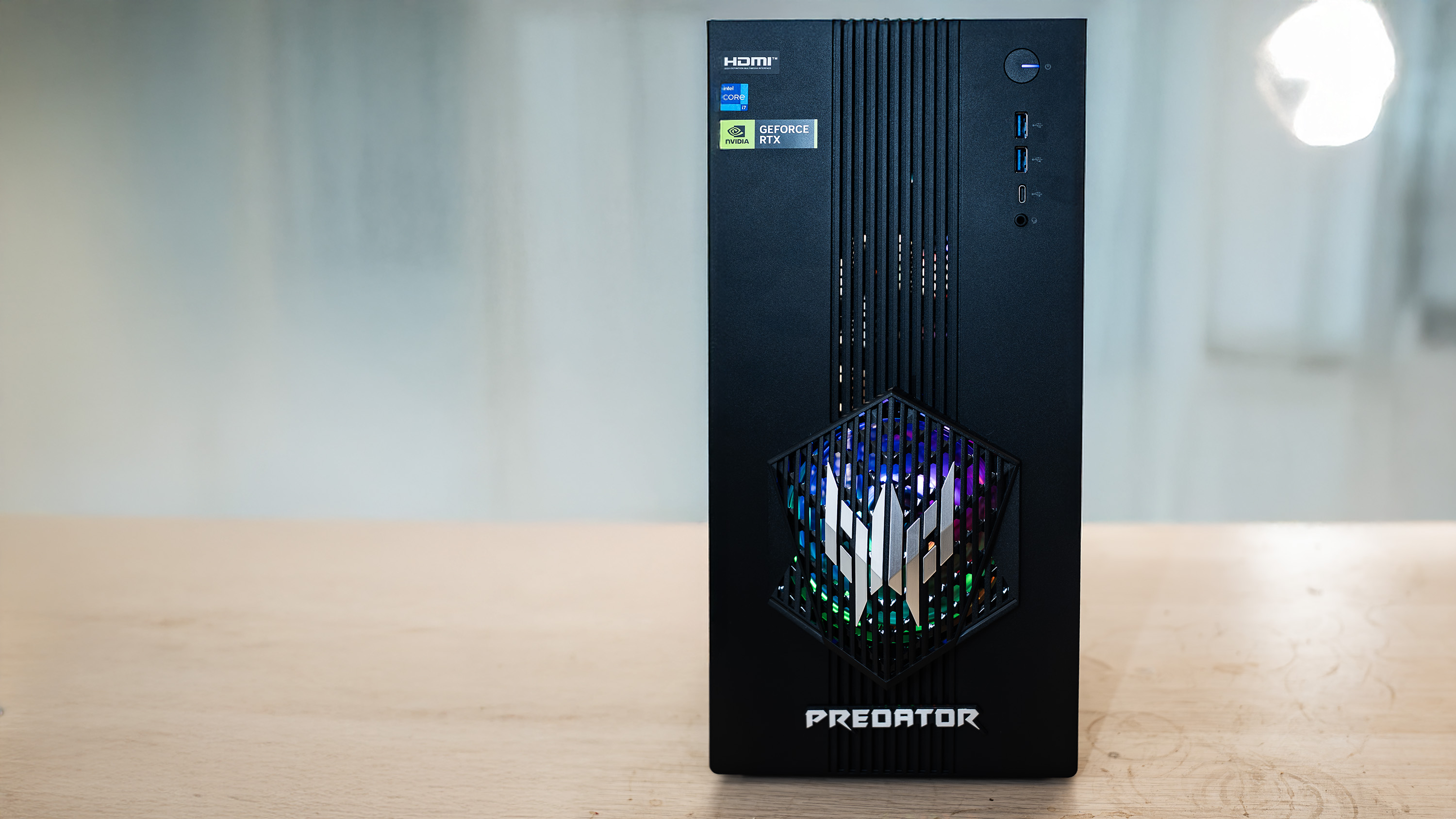Cyberpower begins selling desktop PCs with carbon nanotube CPU cooling, possibly spelling the end of thermal paste catastrophes
Quick, someone let that guy at The Verge know...
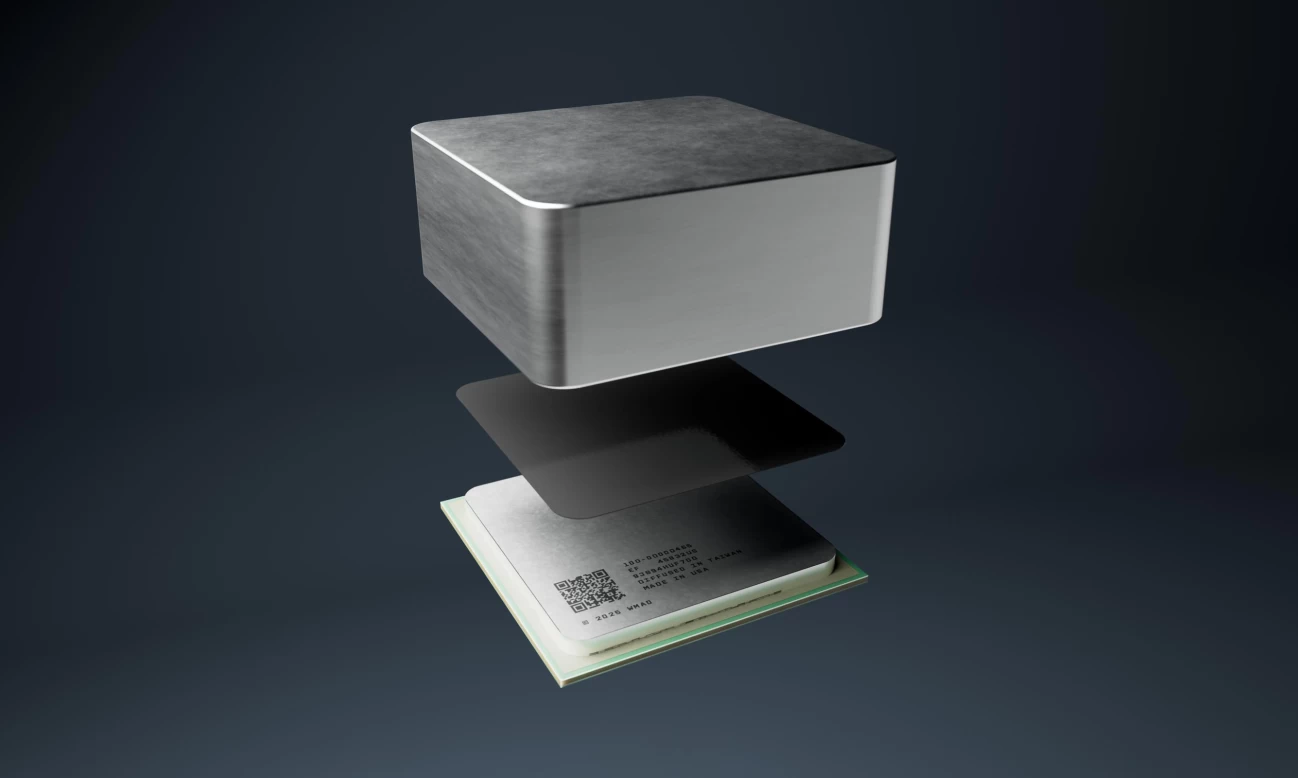
We've all been there, right? Thermal paste splattered all over the CPU socket? No? Just me and that guy from The Verge? Whatever, the prospect of replacing thermal paste with a neat, long-lasting pad is still intriguing. And that's exactly what cooling specialist Carbice and PC maker Cyberpower claim to have delivered thanks to the novel use of carbon nanotubes.
Of course, carbon nanotubes are one of those wonder materials that seem almost endlessly useful. Well, in theory. To the list of possible carbon nanotube applications that includes super capacitors, space elevators and nanoscale drug delivery, you can now add the very real prospect of CPU cooling.
The Carbice Ice Pad is described as a "mess-free, maintenance-free" alternative to the traditional thermal paste that sits between the heat spreader of a CPU and the cooler, be that an air-cooled heat sink with a fan or a block for a water cooler.
"Our Ice Pad is engineered to create a tight, durable thermal interface that transfers heat away from your CPU with far greater consistency than thermal paste. No reapplication. No cleanup. No degradation under pressure. It’s been proven in space and AI data centers, and now the Ice Pad is the first consumer product to actually deliver full nanoscale physics for high-performance gamers," says founder and CEO of Carbice Dr. Baratunde Cola.
Apart from avoiding mess, the main advantage here appears to be long-term performance. Where thermal paste can dry up and become less efficient at conducting heat away, these carbon nanotube pads are claimed to actually improve with time. If we're reading the graphs correctly, the initial thermal performance of the pads is essentially identical to thermal paste, but the latter begins to degrade almost immediately.
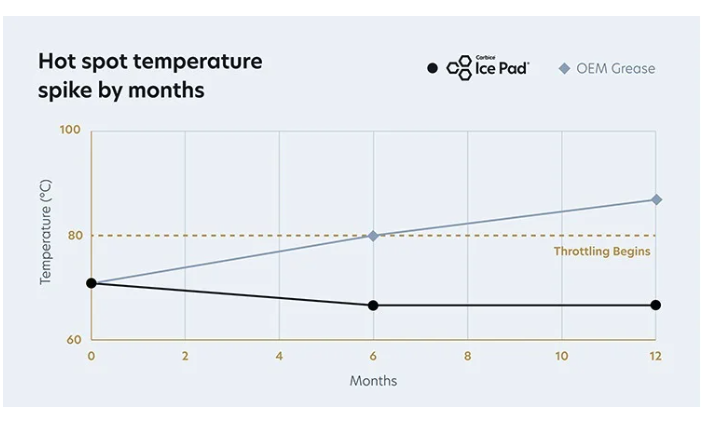
"Ice Pad leverages the advanced science of vertically aligned carbon nanotubes—so small, you can’t see them without a microscope—to fill every little gap between your CPU and cooler. Unlike regular thermal paste, which can develop voids and wear out, Ice Pad is engineered using a thin layer of aluminum and a super-dense layer of highly conductive carbon nanotubes to pull heat away fast and spread it evenly. The result? Better cooling, better contact, and better performance. It’s cutting-edge science doing the hard work, so your system runs cooler and more reliably," says PC partner Cyberpower.
It's interesting that the introduction of the Ice Pad is being done with the help of a PC builder as opposed to simply selling the pads separately. Does that imply that the initial installation is tricky and needs to be carefully controlled? We hope not, because the prospect of DIY carbon nanotube pads does seem appealing.
Keep up to date with the most important stories and the best deals, as picked by the PC Gamer team.
It's worth noting here that carbon nanotube cooling is distinct from graphene nanosheets, which are also made from carbon, but leverage 2D sheets of carbon a single atom thick, as opposed to the microscopic tubes of carbon atoms in nanotubes.
Both configurations of carbon, it seems, have exceptional cooling properties. But it's the tubes, rather than sheets, that are in play with the Ice Pad. Carbice says that the sheets are "rated for the system’s lifetime." But several questions remain.
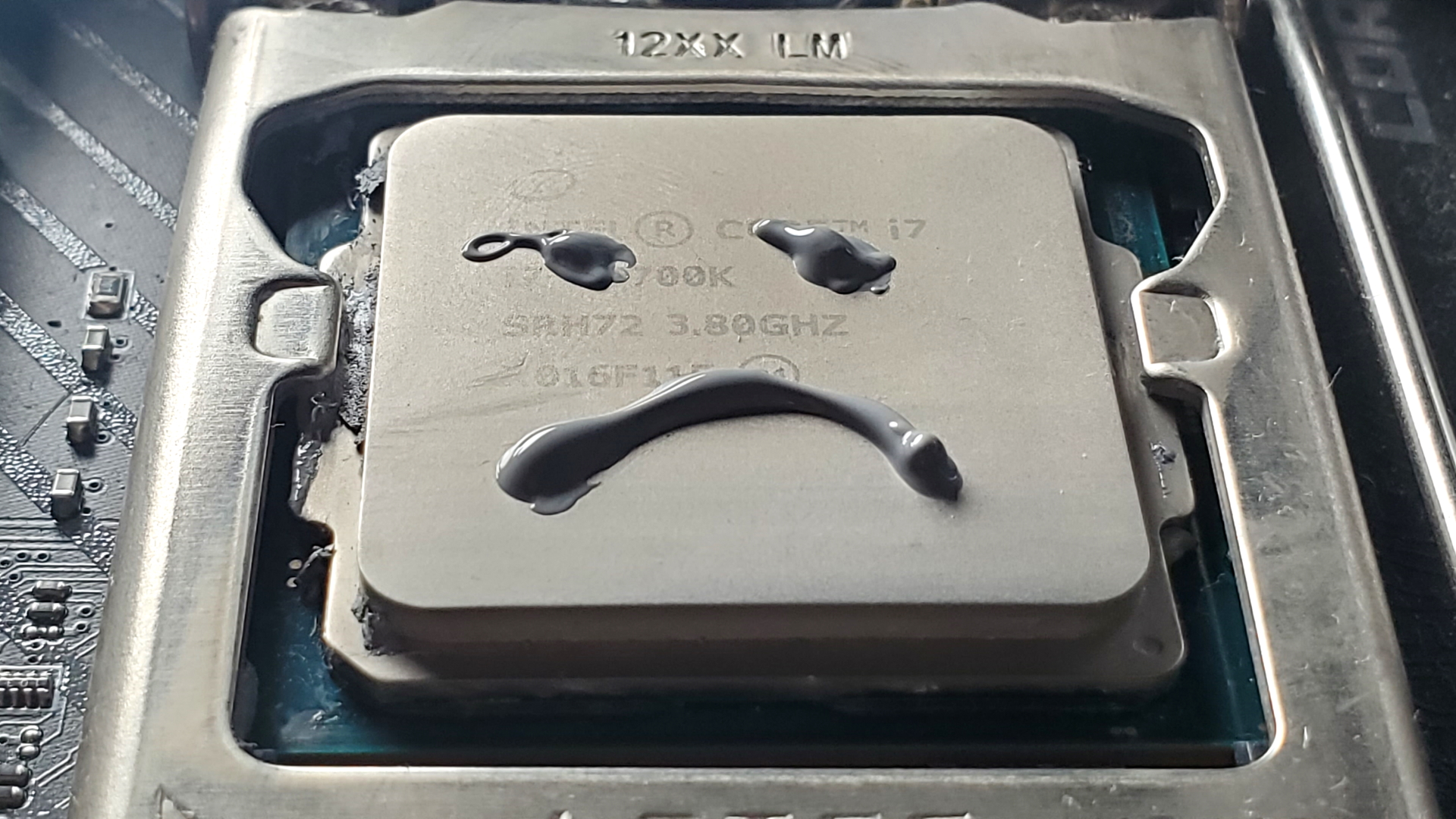
Just how hard are they to install? Can you reuse them? Can you even remove and reattach your cooler? And what's their peak cooling performance like compared to paste?
We're hoping to receive some of these intriguing pads in the near future. If that happens, we'll report back on all our findings. But it's just possible that the days of squirting paste around your tower case are numbered. Wouldn't that be nice?
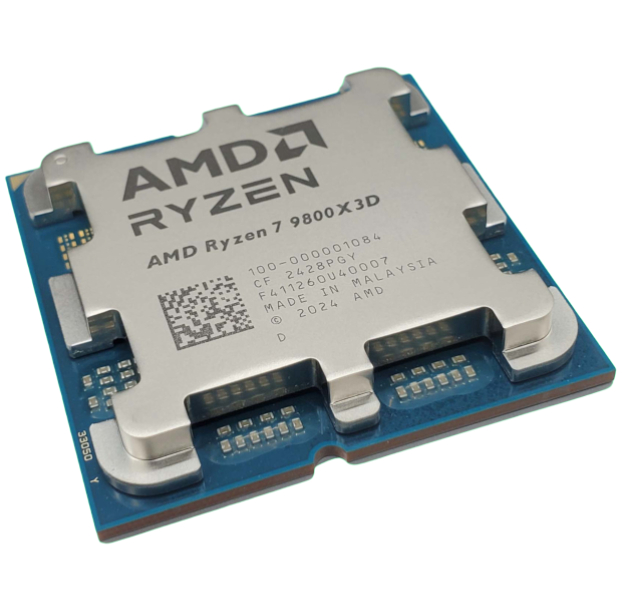
👉Check out our list of guides👈
1. Best CPU: AMD Ryzen 7 9800X3D
2. Best motherboard: MSI MAG X870 Tomahawk WiFi
3. Best RAM: G.Skill Trident Z5 RGB 32 GB DDR5-7200
4. Best SSD: WD_Black SN7100
5. Best graphics card: AMD Radeon RX 9070

Jeremy has been writing about technology and PCs since the 90nm Netburst era (Google it!) and enjoys nothing more than a serious dissertation on the finer points of monitor input lag and overshoot followed by a forensic examination of advanced lithography. Or maybe he just likes machines that go “ping!” He also has a thing for tennis and cars.
You must confirm your public display name before commenting
Please logout and then login again, you will then be prompted to enter your display name.

